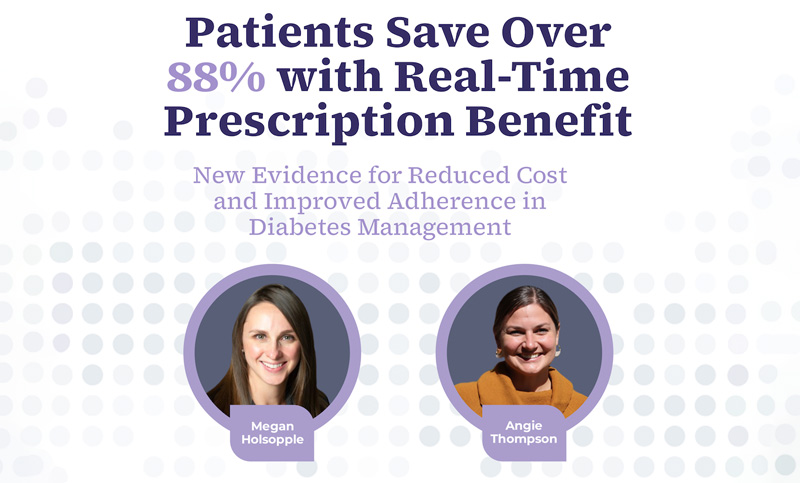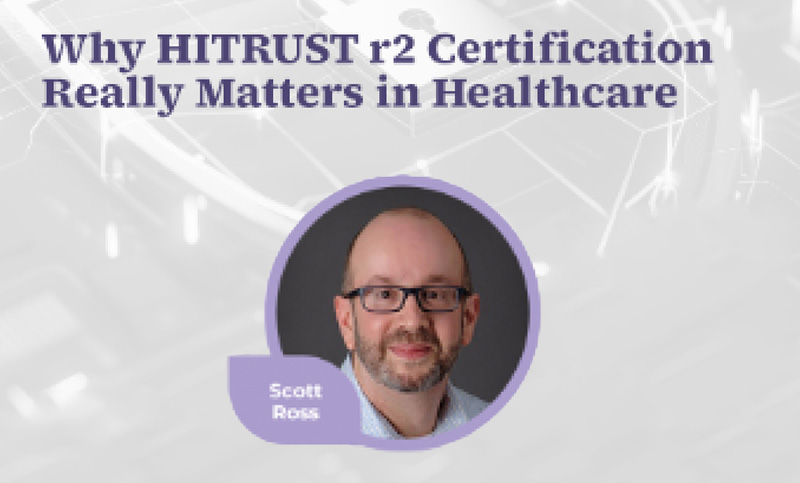As first seen on Fierce Healthcare
By: Christine Price, Director, Provider Solutions and Christie Callahan, Chief Operating Officer, Arrive Health
Prior authorization (PA) was introduced as a patient safety mechanism, a check to ensure that the right medications are prescribed for the right patients at the right cost. Over time, that safety barrier has turned into a brick wall, delaying therapy, increasing administrative burden, and frustrating patients and providers alike.
For years, health systems have looked to prospective electronic prior authorization (ePA) as the solution. The idea was simple: Trigger the PA before a prescription reaches the pharmacy, resolve it early, and eliminate the last-minute surprises that leave patients waiting at the counter.
But prospective PA hasn’t lived up to expectations.
When Prospective PA Falls Short
The first challenge has been volume. Too many prospective PA solutions use formulary-based triggers that generate unnecessary work because they are not patient specific. These false positives fill the queue with cases that do not actually require a PA because it was either never required by the payor or has already been approved for this patient. PBMs estimate that formulary and benefit (F&B) files are only 60 percent accurate at the time of use. The result is wasted effort on cases that don’t require review and delays for the cases that do. Our partner organizations evaluating existing solutions identify as many as 26% of their prospective PA volume is unnecessary.
An example: While some specific Albuterol NDCs require a PA, over 94% of patients should not need a PA for albuterol, which is a low cost, highly available generic product. In our analysis with one of the largest IDNs in the US, they were experiencing over 200 albuterol PAs per week with prospective ePA, and at Colorado’s leading academic hospital, albuterol alone was 5% of their PA burden.
The second problem is that prospective ePA also misses required PAs. In order to evaluate the need for a PA, the patient’s eligibility must be identified. Leading EMRs and health systems independently report eligibility failures occur 20-30% of the time. That means nearly 1/3 of the patient population cannot be identified for prospective PA. Many health systems have then had to manage prospective and retrospective PAs separately, forcing staff to work out of multiple queues in multiple systems. This creates friction, increases manual work, and ultimately slows resolution.
The outcome is a process that was meant to speed up care but often adds more steps and frustration resulting in tools that providers and care teams do not trust.
Cracking the Code: A Smarter Approach
Prospective PA doesn’t have to be all or nothing. By combining better data, integrated workflows, and intelligent automation, health systems can unlock its potential.
Here’s what that looks like in practice:
- Reduce unnecessary PAs—Turn off F&B that create false positives, and optimize real-time prescription benefit (RTPB) tools to better determine when a PA is truly required. Our analysis with leading health systems shows that targeted adjustments can eliminate thousands of cases per week.
- Solve for retrospective—Bring all PAs into a single EMR-integrated queue, ideally worked by a single team, regardless of when they are triggered. With today’s realities, retrospective PA cannot be eliminated, so solutions must allow teams to work from one consistent workflow instead of juggling multiple systems.
- Introduce intelligent automation—With the full case load captured in the EMR, advanced tools including generative AI can pre-populate payer requirements, surface coverage criteria, and auto-submit cases, allowing staff to focus on the most complex patients.
Proof for the Future of PA
When health systems implement this model, the results are compelling:
- Median resolution times drop to just 4 hours across the entire PA case load, reducing bottlenecks for care teams and accelerating patient access.
- More than 85% of cases return patient-specific question sets, improving on the industry average of ~60% to ensure accuracy and eliminate errors, false positives, and wasted work.
- Denial rates drop by over 50% with Arrive Health’s proprietary generative AI intervention, without increasing inappropriate utilization, by ensuring that providers are able to evaluate all the necessary requirements prior to submitting.
Perhaps the most exciting development is what comes next. With a fully integrated ePA workflow, the foundation is set for touchless PA, where approvals can be issued automatically using the clinical data from the EMR.
Reclaiming the Purpose of PA
Prior authorization was designed to protect patients and ensure appropriate use of therapy, not create barriers. Today, we can bring PA back to its original intent by redesigning prospective ePA to work smarter.
Optimizing RTPB to prevent unnecessary cases, unifying prospective and retrospective workflows, and applying automation dramatically transforms the PA burden. The results are faster resolutions, fewer denials, and less staff time spent chasing data.
With a fully EMR-integrated foundation, health systems can move toward touchless PA, where approvals happen automatically when criteria are met. This approach reduces surprises at the pharmacy, improves patient adherence, and allows clinical teams to focus on complex cases that truly require their expertise.
This article originally appeared on Fierce Healthcare.




